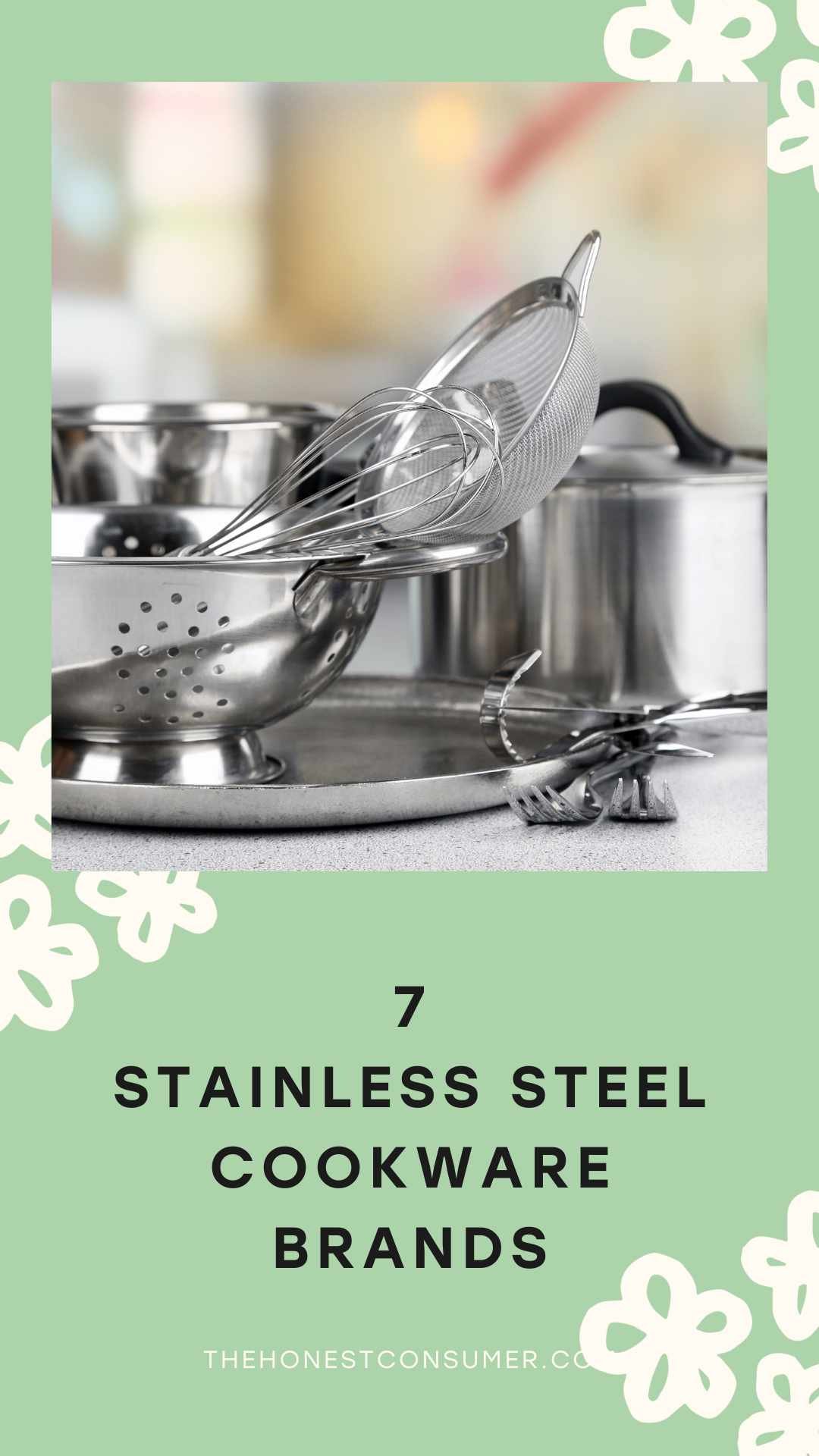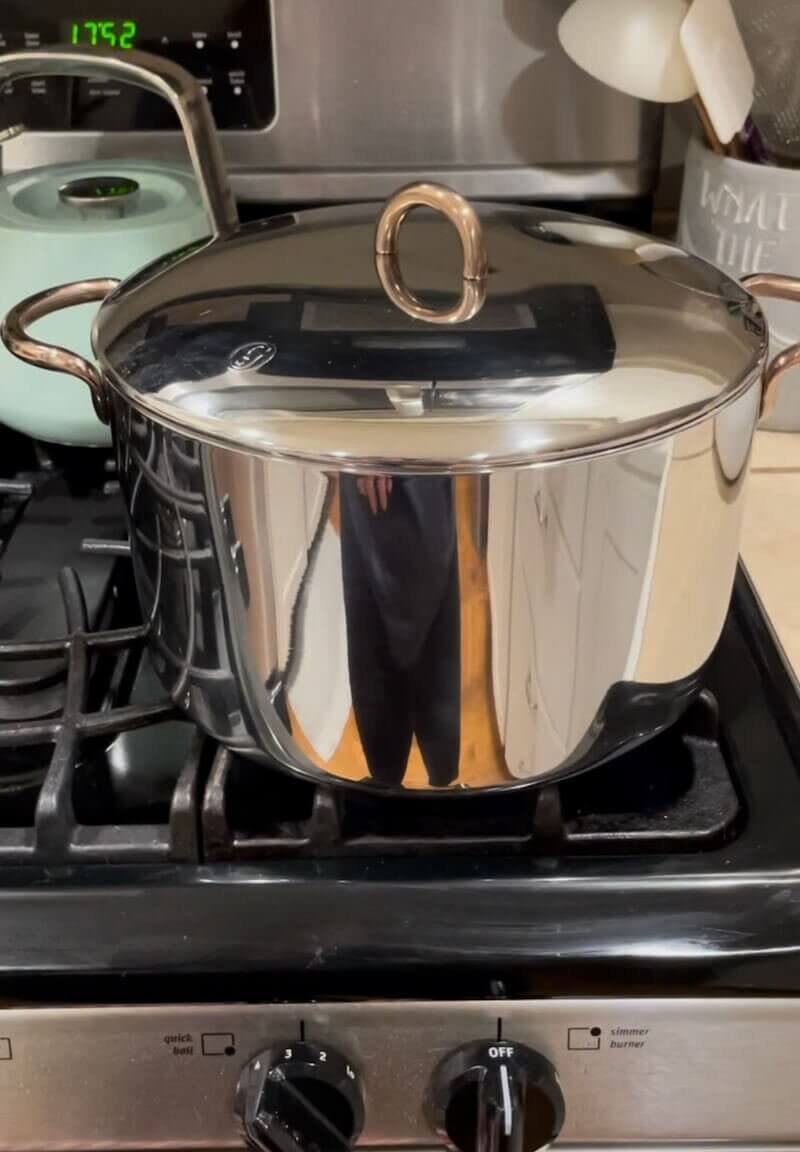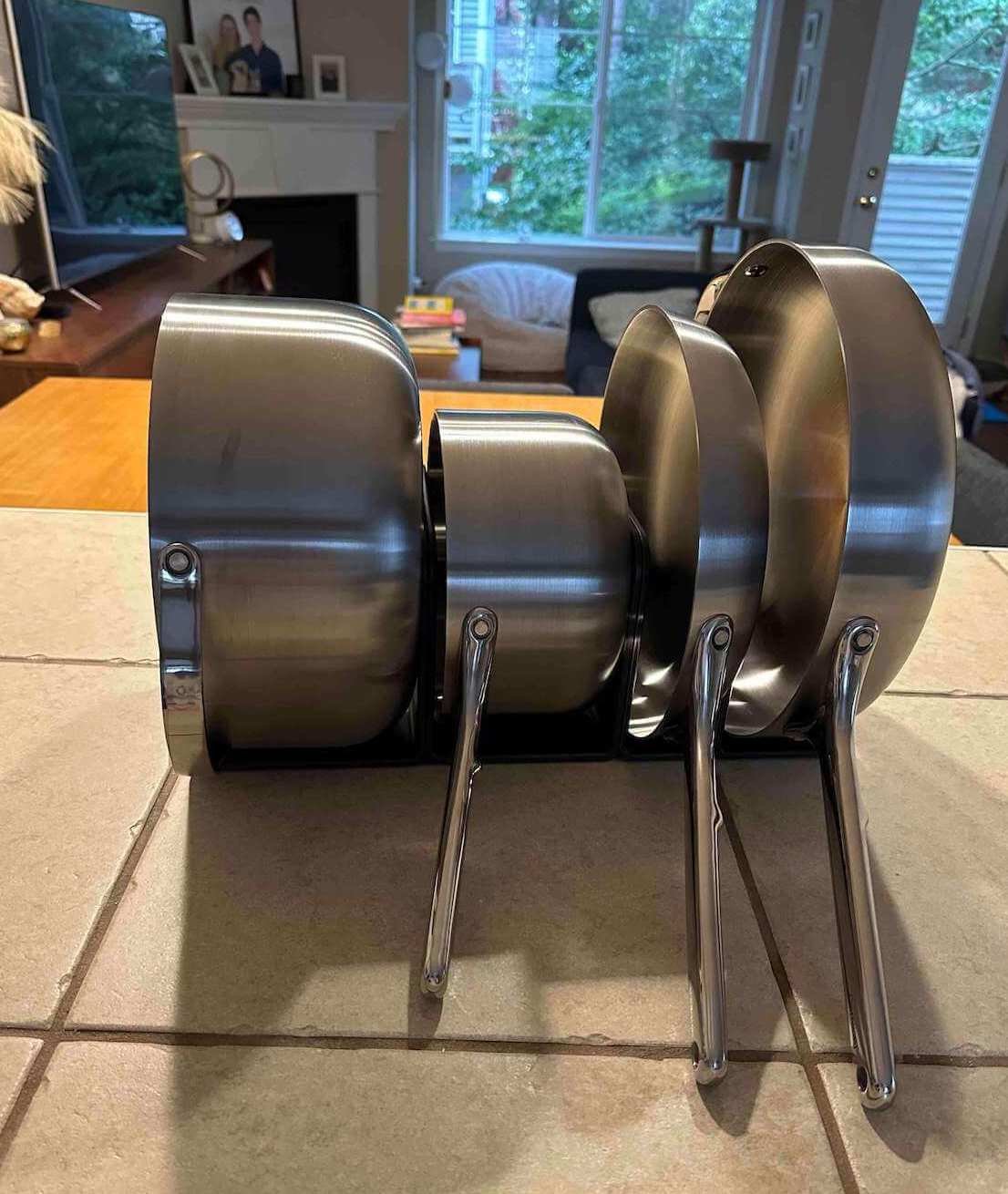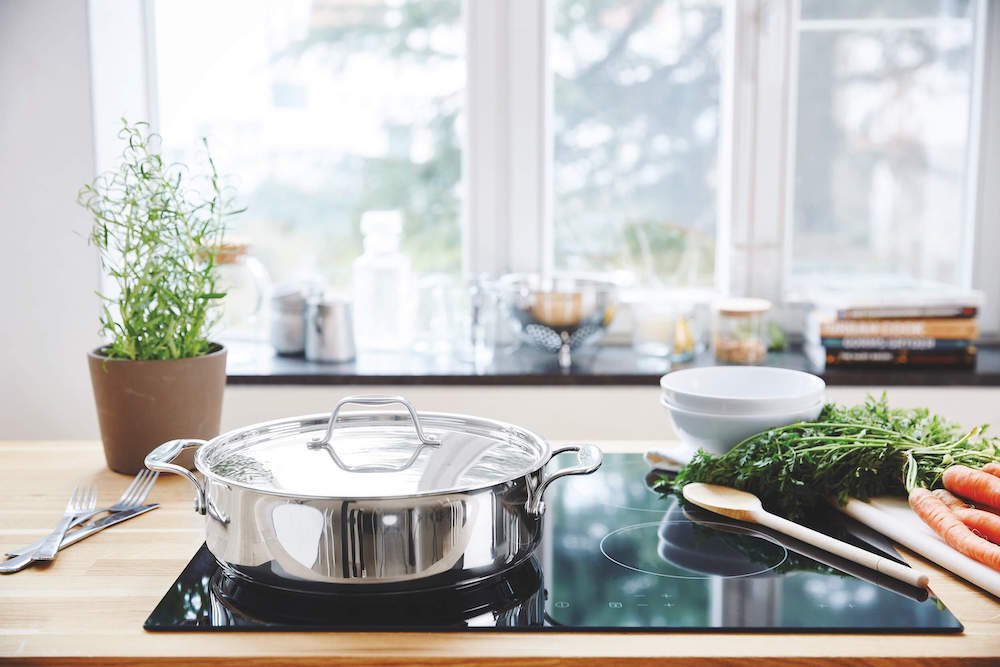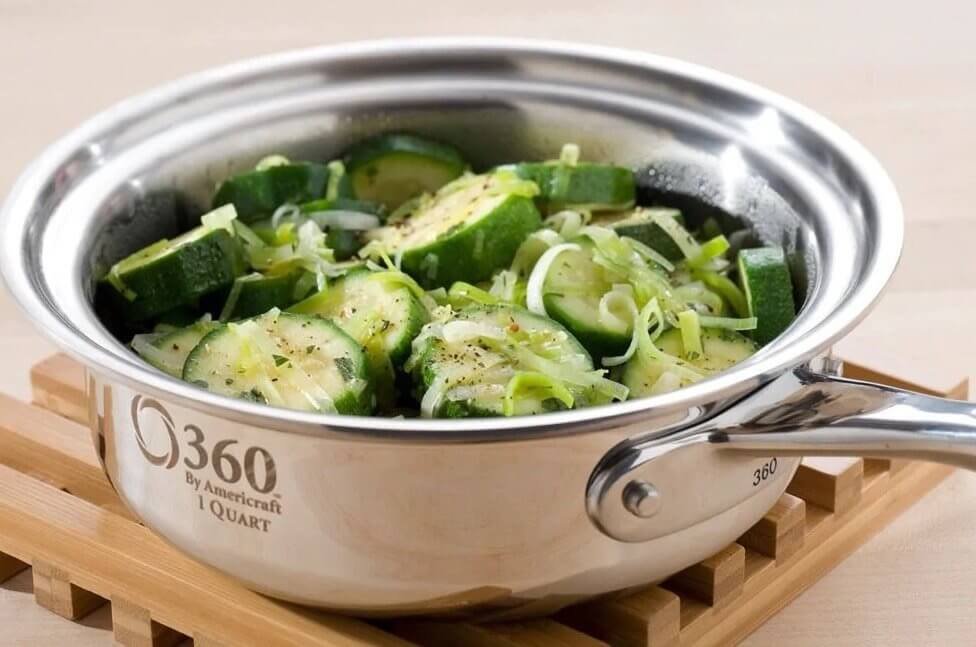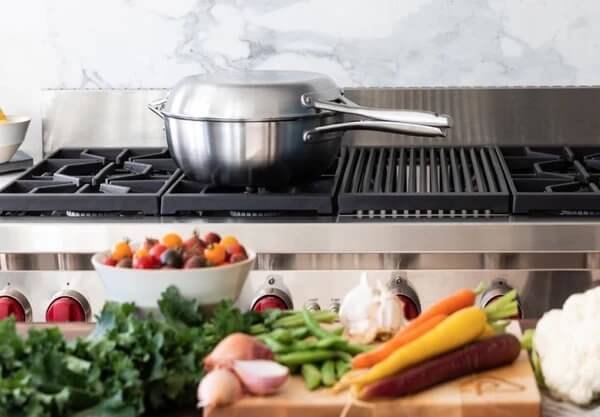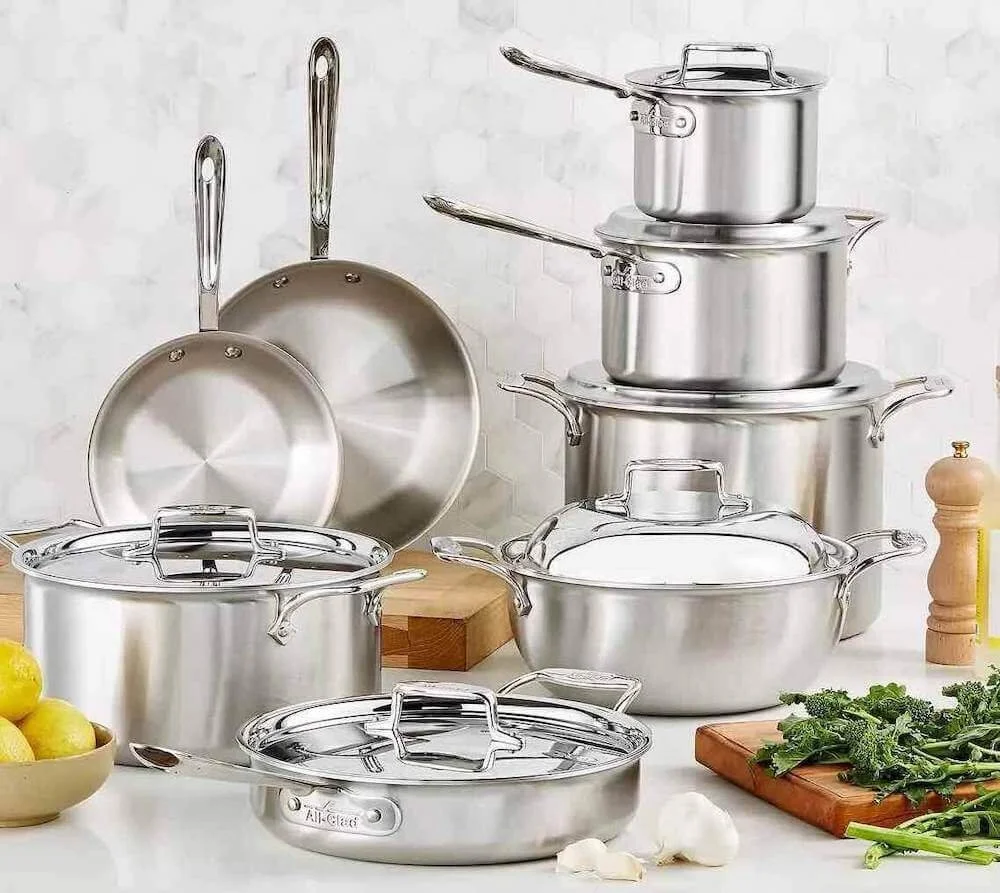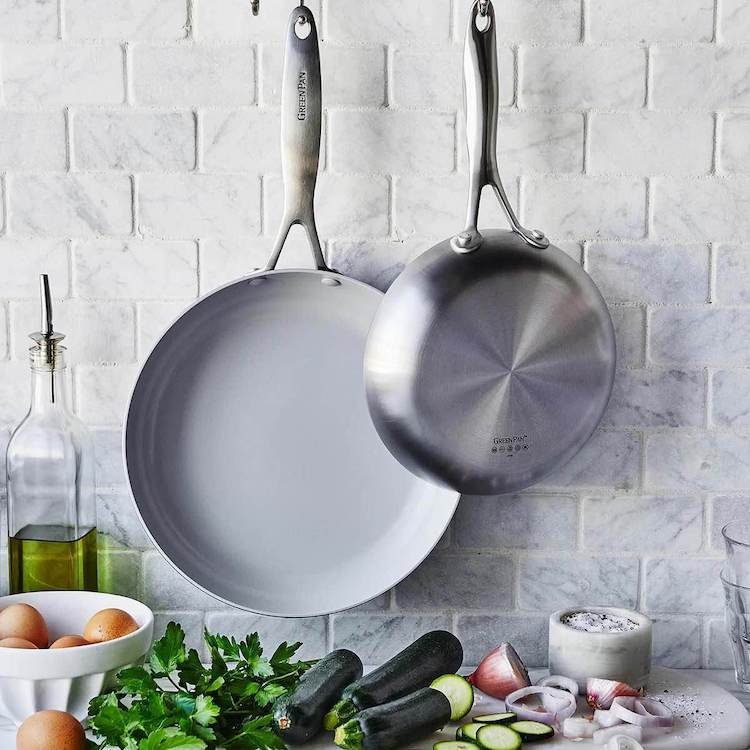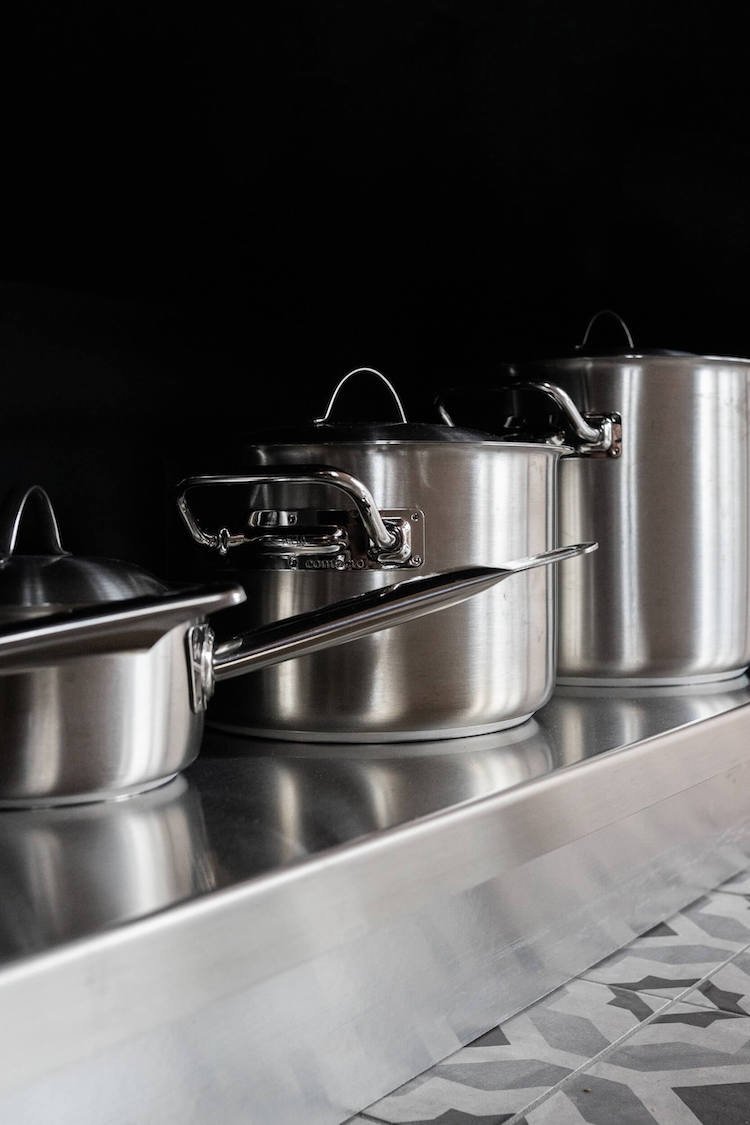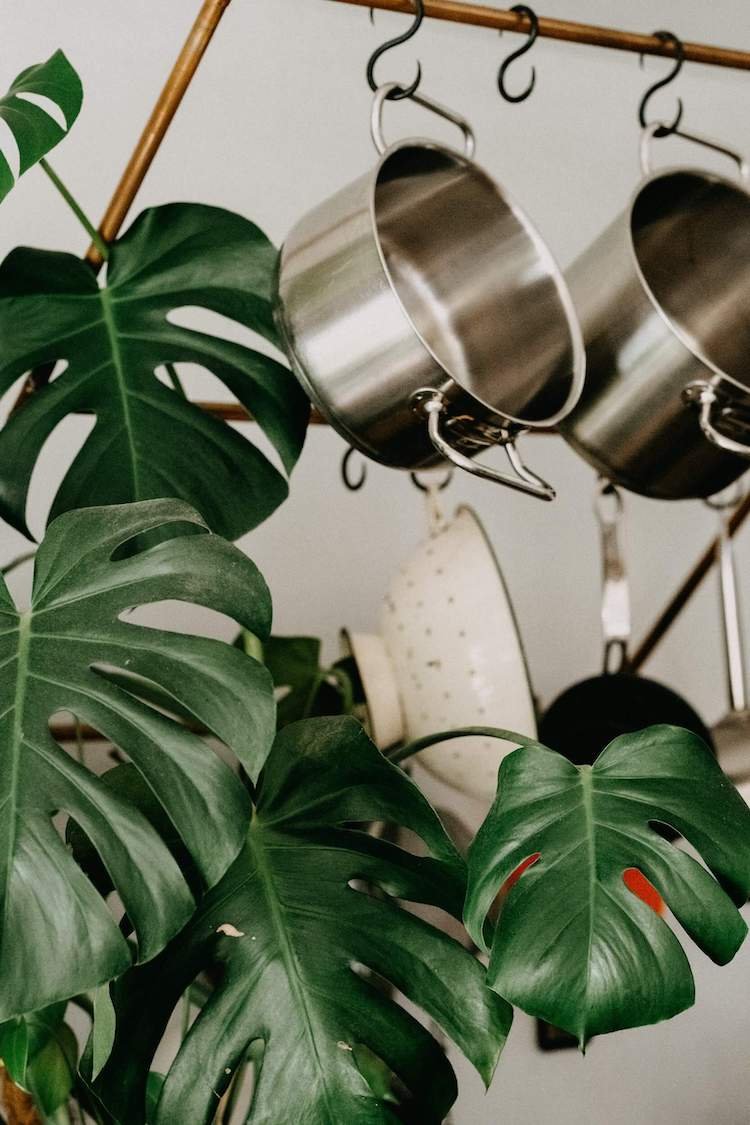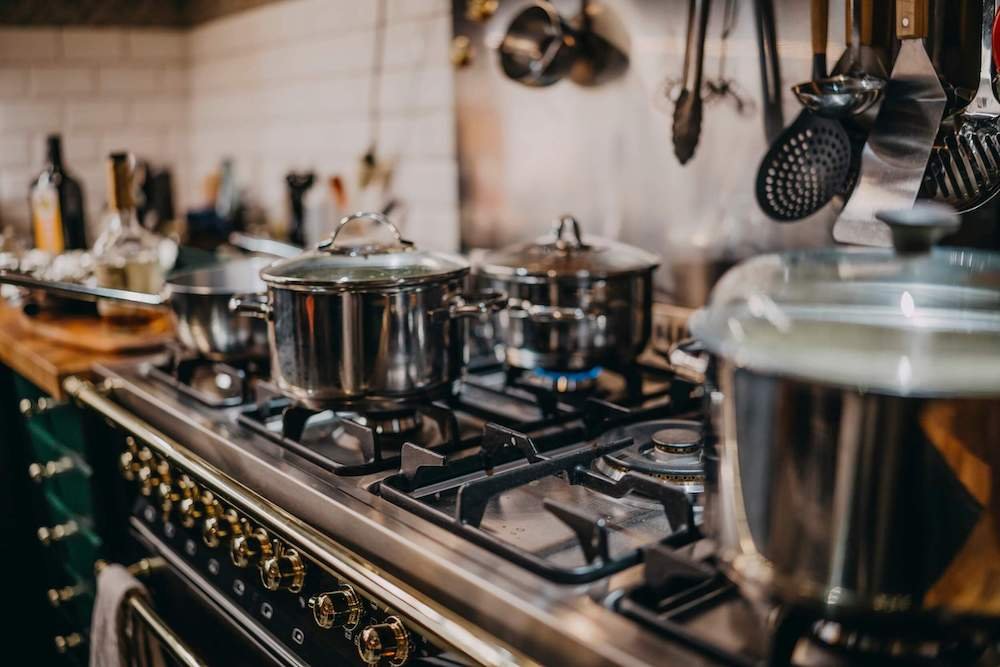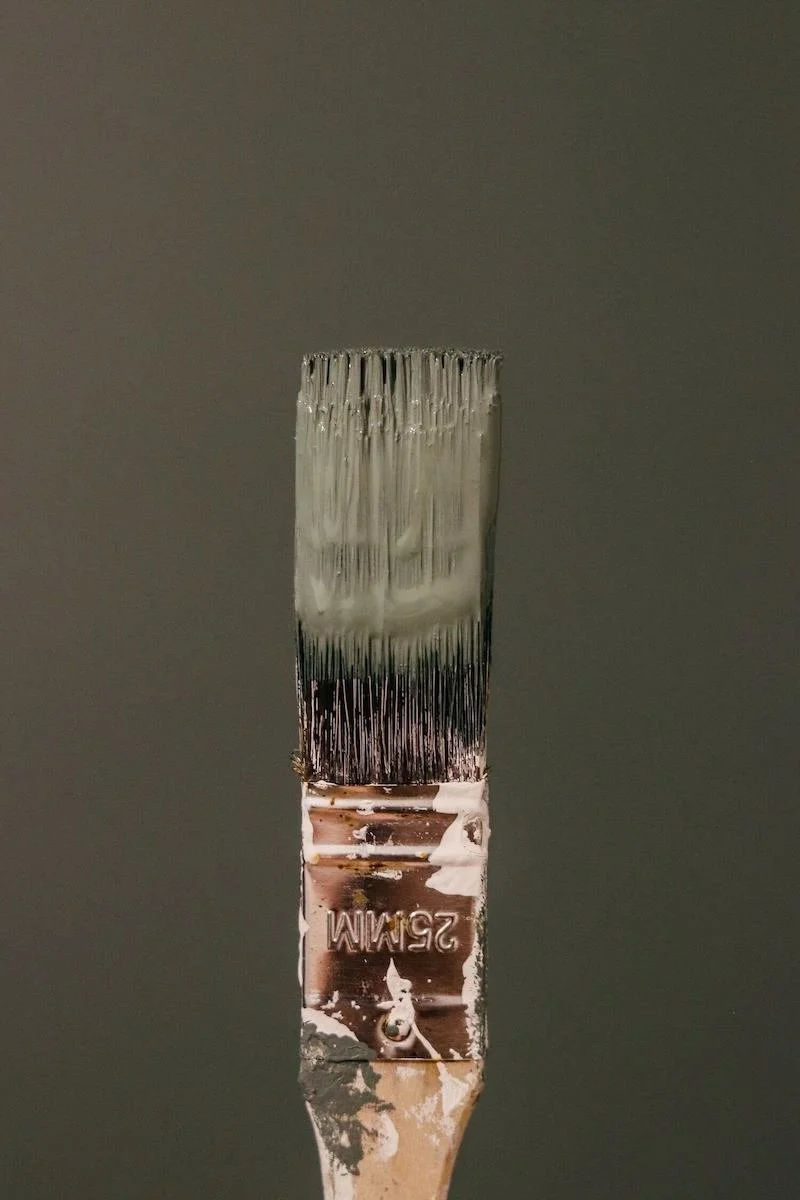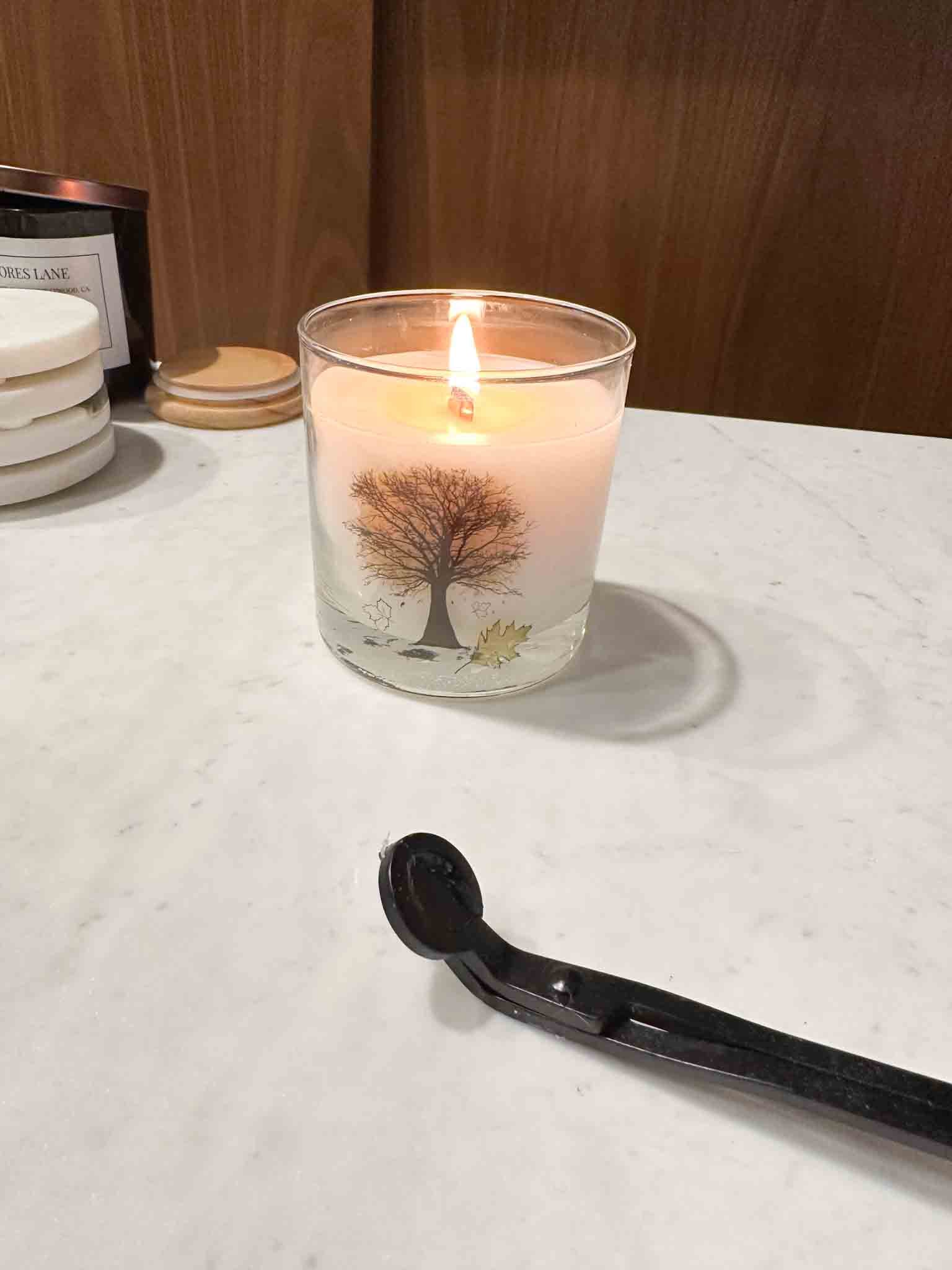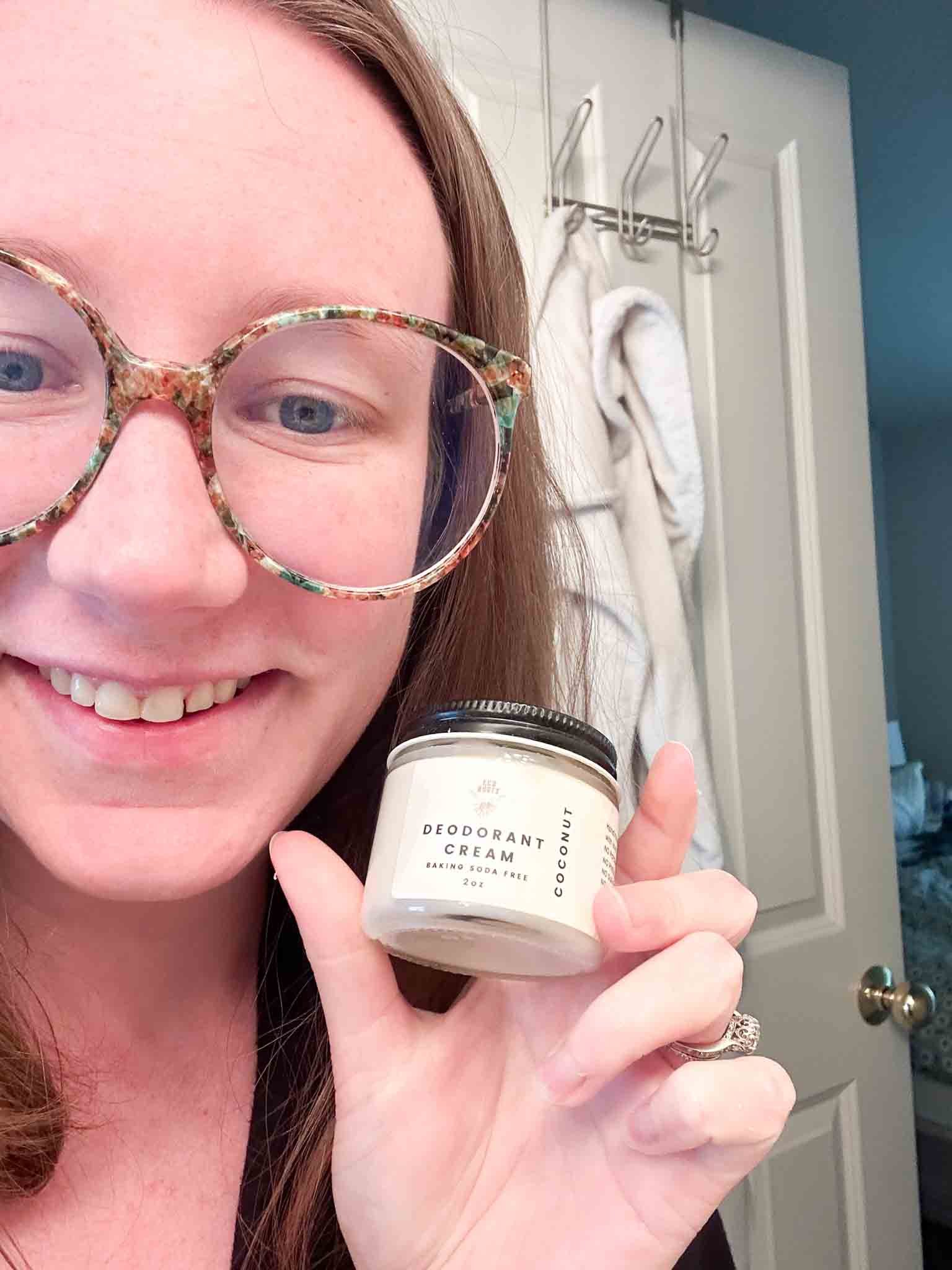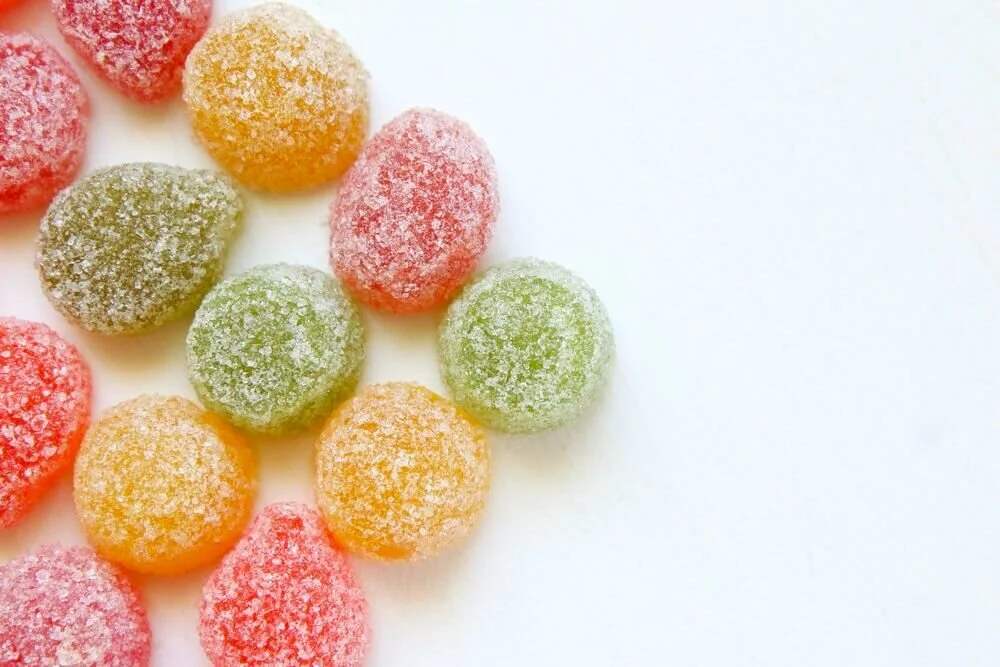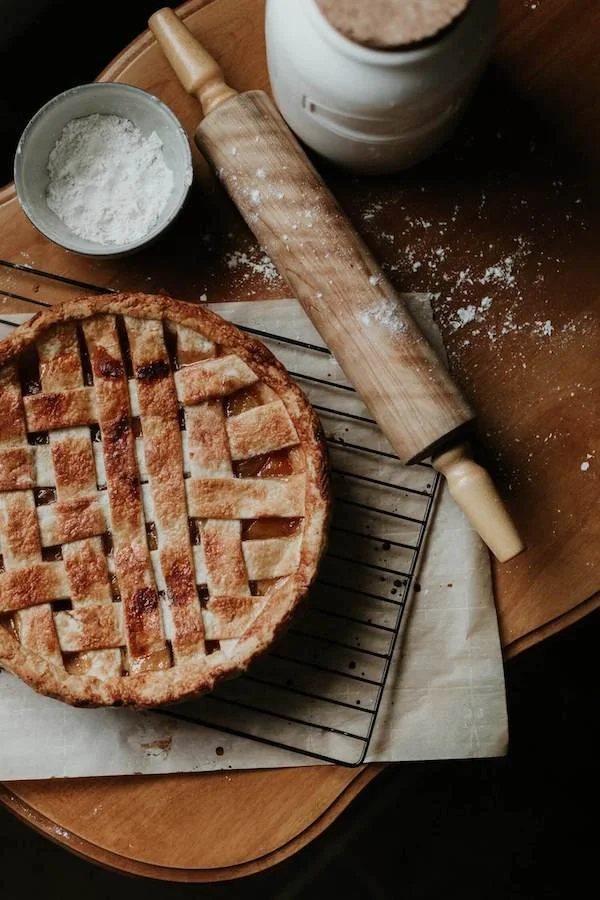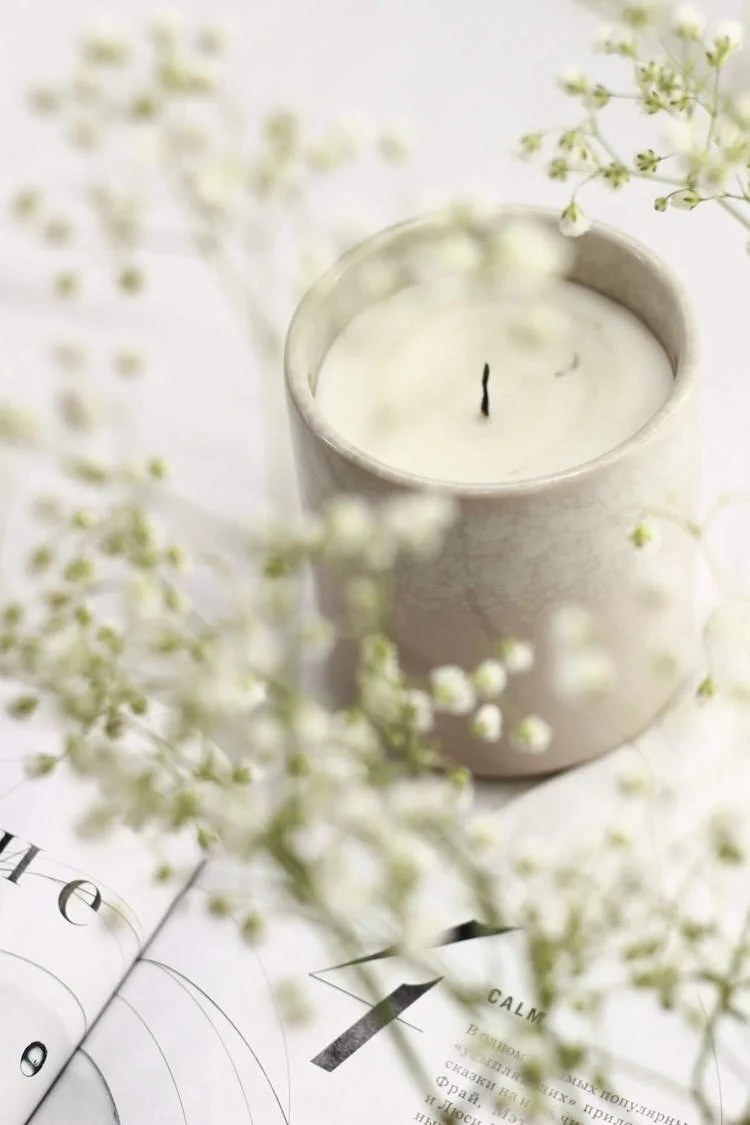The Ultimate Guide to Safe Stainless Steel Cookware 2024
Stainless steel is a versatile material used for a variety of cookware, such as pots and pans, as well as for cutlery and even your kitchen sink.
As someone who tries to cook as toxin free as possible, I think stainless steel is a great option! I believe is one of the safest choices for pots and pans due to the materials.
So what is stainless steel? It’s an alloy (a mixture of metals) of iron and chromium, with elements such as nickel, titanium, aluminum, copper, and molybdenum added to improve strength, durability, and corrosion resistance.
In this guide we’ll meet some amazing stainless steel cookware brands (including the ones I have in my kitchen) and learn what to look for when shopping for safe pots and pans.
This post does contain some affiliate links which means The Honest Consumer will receive a commission if you decide to purchase, however, at no additional cost to you!
7 Non-Toxic Stainless Steel Cookware Brands
If you're ready to find some high quality stainless steel cookware these brands are all better options when investing in new cookware.
Great Jones Dishwasher Safe Stainless Steel Cookware
Price: Great Jones stainless steel cookware can be purchased for $160-$450 for a set or pans can be purchased individually at $20-$110.
Great Jones’ cookware is custom-built with the curves and slopes stress-tested so that food does not get trapped. Their Small Fry, Large Fry, Deep Cut, and Saucy pans, along with the Big Deal stockpot, are great for even heat distribution.
What I Love: The Big Deal 8-quart fully clad stockpot from Great Jones Goods has become an indispensable part of my kitchen. I've been using this pan for a year and am absolutely in love with this pan - it is the perfect tool for all kinds of dishes, from soups to boiling water for pasta!
Thanks to its stainless steel material and roomy size, it heats up quickly and can store generous amounts of food ingredients at once. Plus, the fact that a lid was included makes this pot even more convenient! I’ve also put it in the dishwasher many times and it washes great making for easy clean up.
Caraway’s 5-Ply Steel Cookware Set
Price: Caraway’s individual pans start at $145 and full cookware sets can be purchased for $695. Use my affiliate link for 10% off.
While Caraway is best known for their non-stick pans, they recently launched a Stainless Steel cookware set. Caraway’s stainless steel cookware is made from durable 5-ply steel which is great for evenly distributing heat. Plus, it’s free of harmful chemical coatings.
The full stainless steel set features a fry pan, sauce pan, sauté pan, dutch oven pan, lids, and organizers.
What I Love: I’ve had Caraway’s stainless steel cookware set in my kitchen for a month and I’ve really enjoyed it. They cook evenly and I really like the feel of the pans. The pans are heavy in a durable way, but not too heavy that I feel bogged down.
Plus, the storage organizers allow me to beautifully display my pans. Consider using my affiliate link for 10% off your cookware and checking out my Caraway non-stick cookware review!
Alva Cookware Made with Recycled Materials
Price: This stainless steel cookware ranges from $89-$199. Sustainable shoppers can use the discount code HONEST for $10 off their order.
Alva is a cookware brand that has been advocating for sustainability since they were founded. When Alva first launched in 1949, Alva’s early first pots and pans were made using recycled military materials in Belgium post World War II. This legacy of using recycled materials makes Alva the pioneering brand of sustainable cookware production.
Seventy years later, Alva continues this commitment to sustainability by making high quality cookware products from recycled materials.
Alva’s factories take part in eco-friendly practices such as using 30% solar power, utilizing an in-house water filtration system, and producing 60% less CO2 during the curing phase.
Alva’s stainless steel cookware includes sauce pans, stock pots, frying pans, skillets, and more. Each Alva stainless steel piece has features like riveted handles, rounded rims, and air vent holes among others to make cooking as frictionless and enjoyable as possible.
Why I Love It: Along with their stainless steel products Alva also offers cast iron, aluminum, and carbon steel. All of their products are free from toxic chemicals such as PFOA and PFAS.
360 Cookware High Quality Stainless Steel Pots & Pans
Price: Conscious consumers can find sautés pans, stock pots, fry pans, and more ranging from $170-$300.
Handcrafting a range of bakeware and cookware in the USA, 360 Cookware is perfect for passionate home chefs. 360 Cookware is oven-safe for up to 500°F and comes with a lifetime warranty.
They source the highest grades of materials possible, like the 400-series and food-safe, 316-series stainless steel.
Manufactured in Wisconsin by veteran craftspeople, the cookware’s mirrored finish is achieved by a mechanical process, thus avoiding the use of harsh chemicals.
Along with their high quality stainless steel cookware and bakeware, they also offer products that are free of coatings such as PTFE.
Why I Love It: 360 Cookware also has stainless steel sets and individual cookware options if you're just looking to purchase one item to try out.
I’ve been using 360 Cookware’s stainless steel bakeware for a few years now and it bakes well. My bakeware set has also held up really well over time, so I know their cookware would be great too!
PROCLAMATION GOODS Stainless Steel Cookware WITH A LIFETIME WARRANTY
Proclamation Goods prides themselves on making "cookware for people who give a damn." Proclamation Goods pots and pans are proudly made in America.
This socially responsible brand has partnered with a multi-generation, family-owned manufacturer in Wisconsin to craft cookware in the USA and hand finish each product to ensure top quality.
Proclamation Goods
This non-toxic cookware brand is putting an end to the need for multi-piece cookware sets and focusing on creating a product that can function together and separately.
Proclamation Goods' stainless steel Sidekick Skillet and Hybrid Pot fit together seamlessly with the no-drip rim (say goodbye to splatters), and the handles hinge on one side and nestle on the other to create a Dutch oven.
The Proclamation Duo can be purchased for $495. This duo features a stainless steel skillet, Stainless steel pot, and a Stainless steel lid. These pans are Induction Compatible and Oven + Dishwasher Safe.
Why I Love It: I think the compact storage of how these pans stack on top of each other is unique.
All-Clad’s Stainless Steel Cookware Set
Price: All-Clad cookware sets range from $249-$1200 or consumers can purchase individual pots and pans ranging from $50-$299.
What I Love About This Brand: Making cookware since 1971, All-Clad’s fully-bonded products are handcrafted in Canonsburg, Pennsylvania. Using time-honored methods, All-Clad layers sheets of steel and aluminum with care and precision, ensuring no foreign particles or abrasion affect the bonding process.
Through this process they make stainless steel pots, pans, skillets, and griddle and grill pans that are durable and long-lasting. They also offer non-stick products with a food-safe, PFOA-free coating.
Greenpan’s Non-stick Stainless Steel Pans
Price: Green pans can be purchased for $286 a set or as individual pans.
What I Like About This Brand: Greenpan uses a wide range of sustainable materials including recycled aluminum, stainless steel, they have a wastewater treatment plant, and they run their factory on 30% solar energy.
This green plan extends to their non-stick pans that are free of PFAS, PFOA, lead, and cadmium. Known as Thermolon™, Greenpan’s non-stick coating on their stainless steel pans is sourced from sand instead of the plastics used in conventional non-stick coatings.
Is Stainless Steel Cookware Toxic?
Stainless steel cookware can release small amounts of elements such as chromium and nickel. These are naturally-occurring substances also present in food.
While the amount released from stainless steel cookware is typically minimal, the concern is that the presence of these elements in our bodies may become too high, especially because we are already getting these from food.
However, leaching of these elements can be dependent on the type of food you are cooking, the temperature and duration of cooking, as well as the grade of stainless steel used.
It's important to use the safest cookware out there so let's explore. It's also important to make sure you're choosing the best quality cookware when it comes to stainless steel to ensure safety and long lasting products.
What Should Consumers Be Aware of When Shopping for Stainless Steel Cookware?
There are various grades of stainless steel. Flip over stainless steel cookware and you’ll find the grade printed at the bottom.
This grade identifies how resistant it is to rust and corrosion. High-quality, food-grade stainless steel cookware is usually in the 300 series, with most ideal being 316.
Is Stainless Steel Cookware a Good Option for Healthy Cooking?
Stainless steel is one of the safest materials you can choose for your cookware due to the materials used to craft it. However, it’s best avoided if you have an allergy or sensitivity to any of the substances used in stainless steel, such as chromium or nickel.
These can result in allergic reactions. If you have a nickel allergy, look for 18/0 stainless steel cookware, which is part of the 400 series, as it contains little to no nickel.
Grade 430 stainless steel is another alternative, as it is more affordable and has low nickel content. However, keep in mind that these are more vulnerable to corrosion.
You can also keep an eye out for the numbers 18/10 and 18/8, which are part of the 300 series. The first number indicates the percentage of chromium and the second the percentage of nickel.
Nonstick pans are a popular choice but can have health risks of their own.
What is of greater concern are the non-stick coatings, such as Teflon cookware, meant to resist heat, water, oil, and grease.
These are made with per-and polyfluoroalkyl substances (PFAS) which are chemicals that persist in the environment, bioaccumulate in animals, and contaminate soil and water.
Perfluorooctanoic acid (PFOA), a type of PFAS, was widely used in non-stick coatings, but its use has been phased out in the United States due to links to health issues such as thyroid disease, liver damage, and cancer.
Obviously, when there are toxic chemicals and health concerns, you want to know all of your options for safe cookware!
A non-stick coating made with PTFE (polytetrafluoroethylene) is touted as safer, but PTFE coatings may still lead to ill health effects, particularly when the cookware is placed under high heat. It is therefore best not to heat non-stick cookware above 500°F. Practice caution by looking for cookware that can withstand high heat.
Environmental Impacts of Using Stainless Steel Cookware
The environmental downside to choosing stainless steel cookware is that manufacturing it is an energy-intensive process, exacerbated by the need to mine raw materials like iron, chromium, and nickel.
These practices create a large carbon footprint in sourcing the materials, as well as during the process of making the cookware and distributing it.
However, this is countered to a great extent because stainless steel is very durable and can last a lifetime if properly used and cared for.
Should you need to replace your stainless steel cookware, the good news is that it is 100% recyclable with the added bonus that its quality does not diminish, unlike with recycled plastics. Stainless steel should never be thrown away!
However, it’s not just about what you buy, but how you use and take care of it. Well-cared-for cookware that is not damaged or used incorrectly should decrease the likelihood of leaching. Here are a few tips to keep in mind.
Avoid scratches and other damage by using wooden or silicone-based utensils in your stainless steel cookware. Do not use metal utensils.
Do not use abrasive cleaning materials like steel wool.
Avoid cooking acidic foods in stainless steel.
Do not use stainless steel cookware for storage. If you have leftovers, rather transfer them to another container.
Pros and Cons of Cooking with Stainless Steel
The bottom line is no matter what you choose to cook with, there will be pros and cons. Stainless steel is a good choice because it is one of the safest materials for cookware.
It is versatile, durable, long-lasting, and not susceptible to rust or corrosion. It's often recommended as one of the safest types of cookware.
Stainless steel’s advantages outweigh its disadvantages, especially in comparison to ceramic cookware, or cookware made from plastic which can be a lot more damaging to your health and the environment.
Furthermore, stainless steel’s disadvantages are often countered or outweighed in other ways.
For example, stainless steel is not the best conductor of heat, but an aluminum or copper core can counter this and make your stainless steel not only tolerant of high heat, but also allow it to distribute that heat evenly.
There may be some concern that aluminum or copper can leach into food, but because they form part of the core they should not make contact with food.
Investing in high-quality stainless steel can be pricey, but it’s a worthwhile investment because it makes for a great heirloom item – something you can pass on to your kids if you take good care of it as stainless steel pans are crafted to last a long time.
How to Clean & Care for Stainless Steel Cookware
Depending on the type of cookware you use it is important to know how to clean and care for that specific material. Here are some tips on caring for your stainless steel pots and pans.
Stainless steel cookware is a kitchen staple for many home cooks. It's durable, it looks good, and it's easy to clean. But even the best cookware can start to show signs of wear and tear after years of use.
If your stainless steel cookware is starting to look a little dull, here are some tips for cleaning it and bringing back the shine.
Start by rinsing your cookware in warm water. This will help loosen any food or grease that may be clinging to the surface.
Next, mix up a solution of equal parts water and vinegar. Apply this to your cookware with a sponge or cloth, and scrub gently to loosen any stubborn dirt.
If you still see some spots or stains, you can try using a mild abrasive like baking soda or salt. Make a paste with the abrasive and water, and apply it to the affected areas. Scrub gently, then rinse away the paste.
Finally, buff your cookware dry with a soft cloth. This will help to remove any water spots and restore the shine.
With these tips, you can keep your stainless steel cookware looking like new for years to come.
Hopefully this guide gave you some things to think about and maybe you even found a great choice for a new pan if you're looking to explore stainless steel cookware.
If you're looking for the best non-toxic cookware and nonstick pots be sure to check out this guide!
MEET THE AUTHORS
INDUSTRY RESEARCH
Claudia Hauter is a South African writer, copy editor, and content creator with degrees in Drama and Anthropology. She works in television managing web content. When she isn’t reading or writing, she’s walking her dog, finding small businesses and markets to support, or attracting butterflies and bees with her vegetable garden. Learn from Claudia on Twitter or Instagram.
PRODUCT TRIAL
Emily Waddell is the founder of The Honest Consumer. She has always been passionate about business for good and has a Bachelor degree in Social Entrepreneurship. She currently lives in Seattle where she practices imperfect sustainability. When she’s not writing, Emily enjoys supporting small businesses, clean eating, ethical fashion, and practicing slow living.
For more tips & tricks on sustainable living be sure to follow The Honest Consumer on social media, subscribe to our newsletter, & check out the Ethical & Sustainable Brand Directory.

